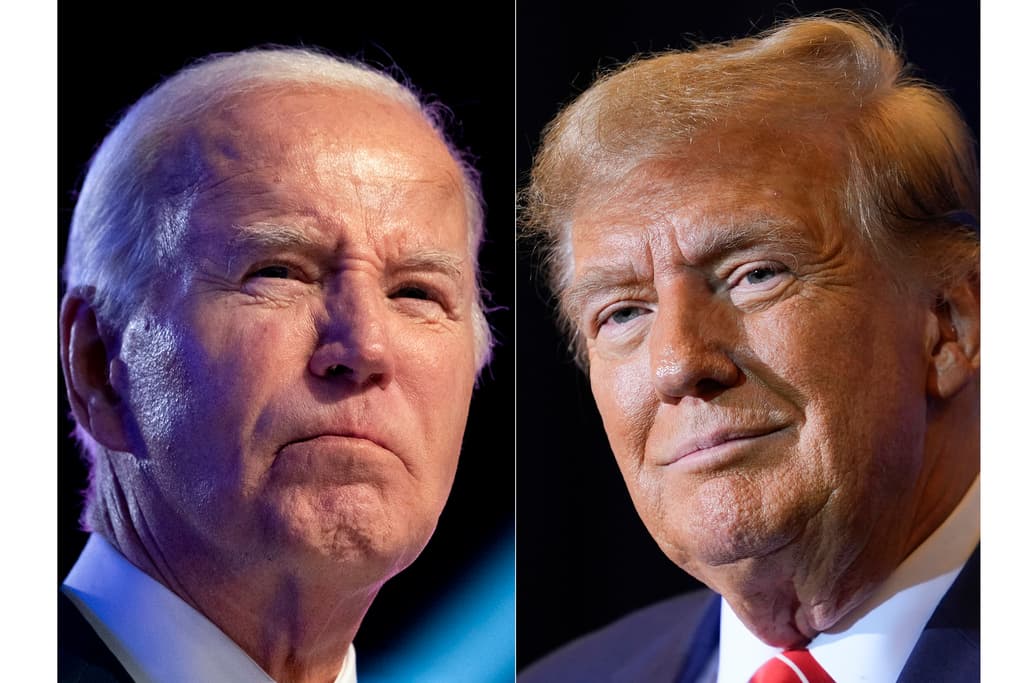The Republican Advantage in the Electoral College Is Showing Signs of Vanishing
Looking ahead to November, there’s an implication that both parties’ superannuated nominees could face difficulties in turning out favorable voters.

Herewith some idiosyncratic, perhaps eccentric, observations on the electoral contests so far in this presidential cycle.
Please check your email.
A verification code has been sent to
Didn't get a code? Click to resend.
To continue reading, please select:
Enter your email to read for FREE
Get 1 FREE article
Join the Sun for a PENNY A DAY
$0.01/day for 60 days
Cancel anytime
100% ad free experience
Unlimited article and commenting access
Full annual dues ($120) billed after 60 days

